Last week, I went over how to use an external flash unit or speedlight to bounce it’s light to improve on flash photography. We learned to vastly improve the look of the classic straight on flash look. Very easy if you have a ceiling less than 20 feet high. However, if you are having breakfast at Chef Mickey’s where the ceiling is hundreds of feet above you or in Ragland Road where the ceiling and walls are very dark, bouncing the flash is not practical.
In those situations, I turn to my handy, dandy LumiQuest ProMax Pocket Bouncer to help me bounce my flash onto my subjects. The LumiQuest Pocket Bouncer comes with Velcro which sticks to the sides of a speedlight for easy attaching and detaching. You can see the Velcro below in the picture of the flash at 0 degrees. To demonstrate, I am, again, being assisted by my lovely model, Shirley, who is still wearing those stylish Golden Mickey Mouse Ears.
 No Flash Bounce |
 Flash at 0 degrees |
|---|---|
| Again, here’s the typical look of the straight on flash. Harsh light, flat features, washed out colors and shadows haloing poor Shirley. If Shirley was a live model who had hair, you might also see the red eye effect. | |
 LumiQuest Pocket Bouncer |
 Flash with LumiQuest Bouncer |
| Using the LumiQuest ProMax Pocket Bouncer, you see how the light becomes softer and Shirley’s features and color come back. Since the Pocket Bouncer deflects some light at the subject, shadows under the eyes and nose are not a problem. | |
The LumiQuest ProMax Pocket Bouncer sends a lot more light at your subjects then bouncing off a ceiling or wall. To compensate, adjust the flash to fire at a lesser intensity. Read your flash’s manual to see how this is done. With the Nikon SB-600, I set the compensation to -1.0 to start and adjust from there. Be careful to first set your camera’s onboard flash compensation to zero. If you don’t, the effect will be cumulative. Adding or subjecting from what you set the flash at.






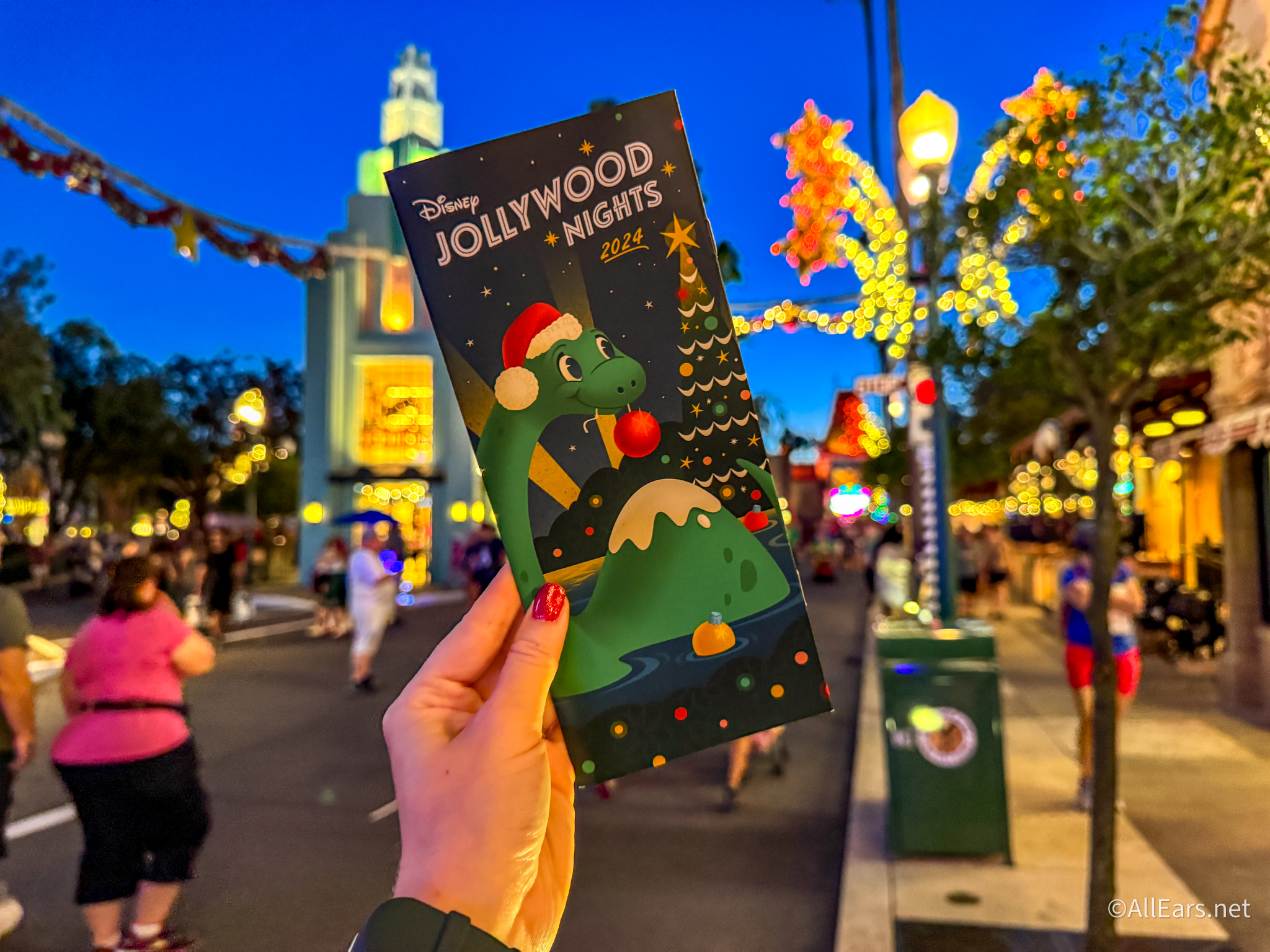



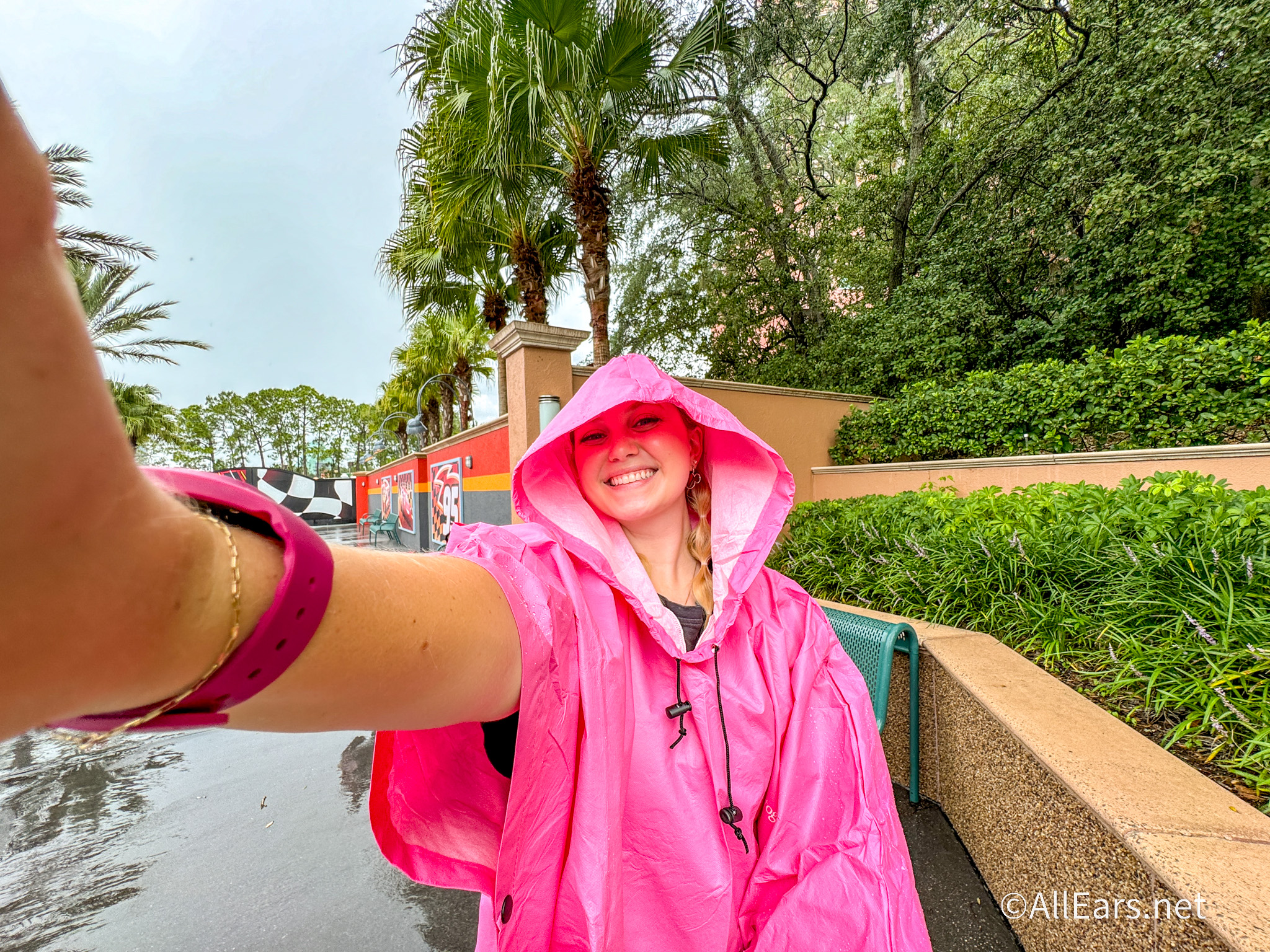
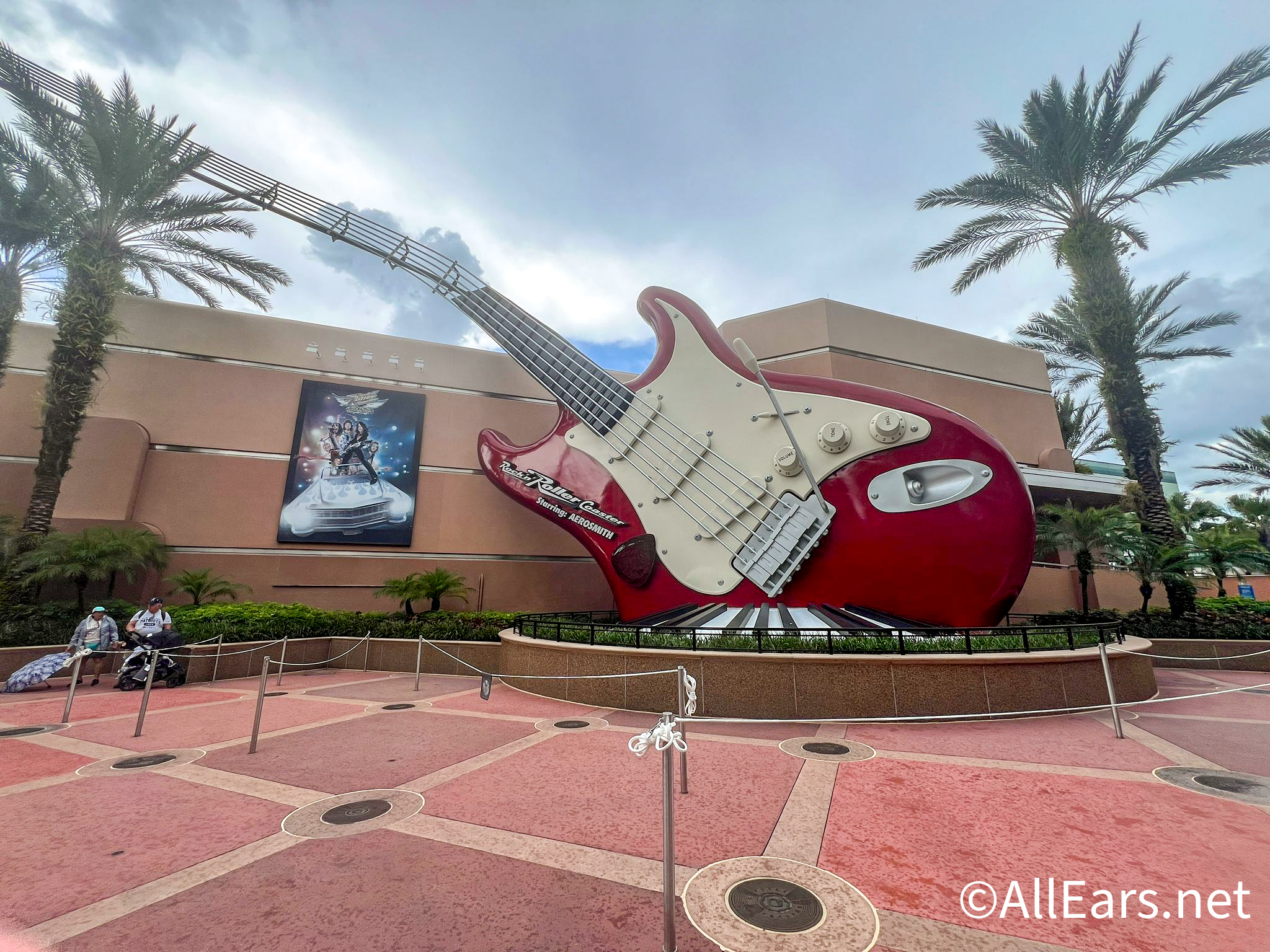

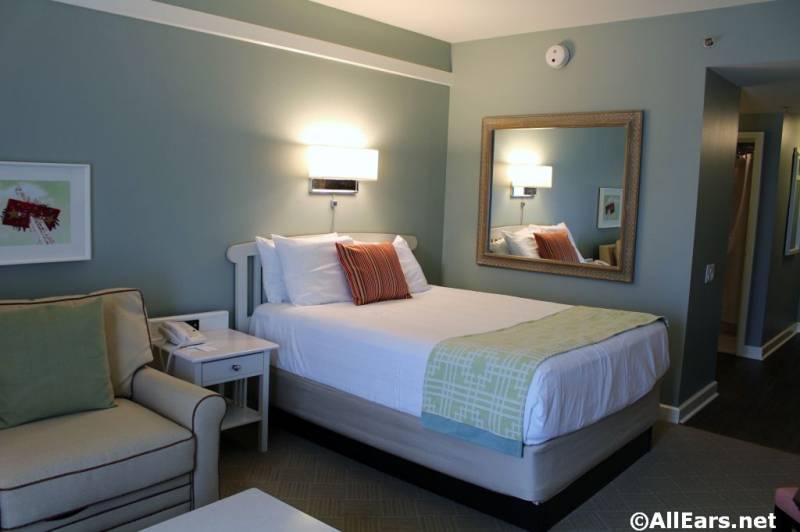
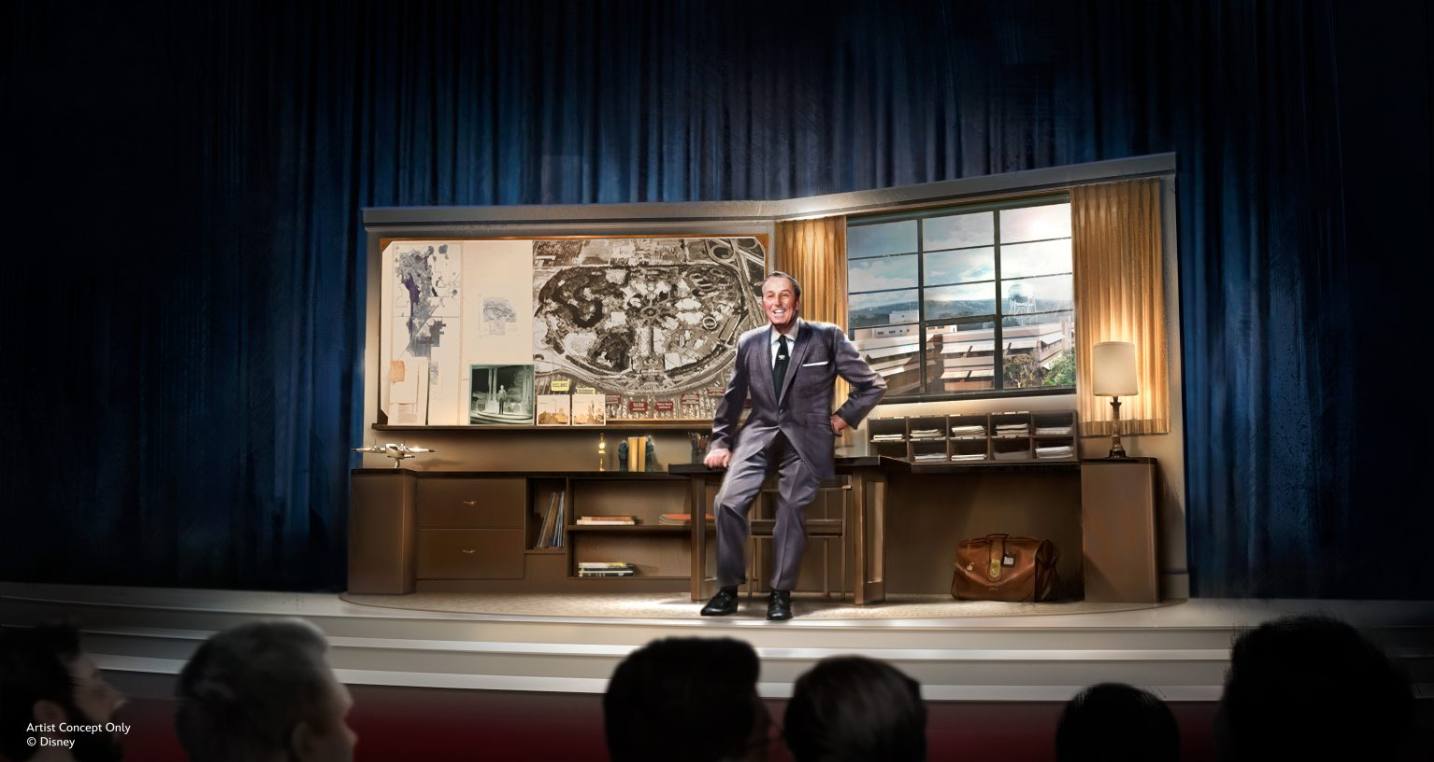
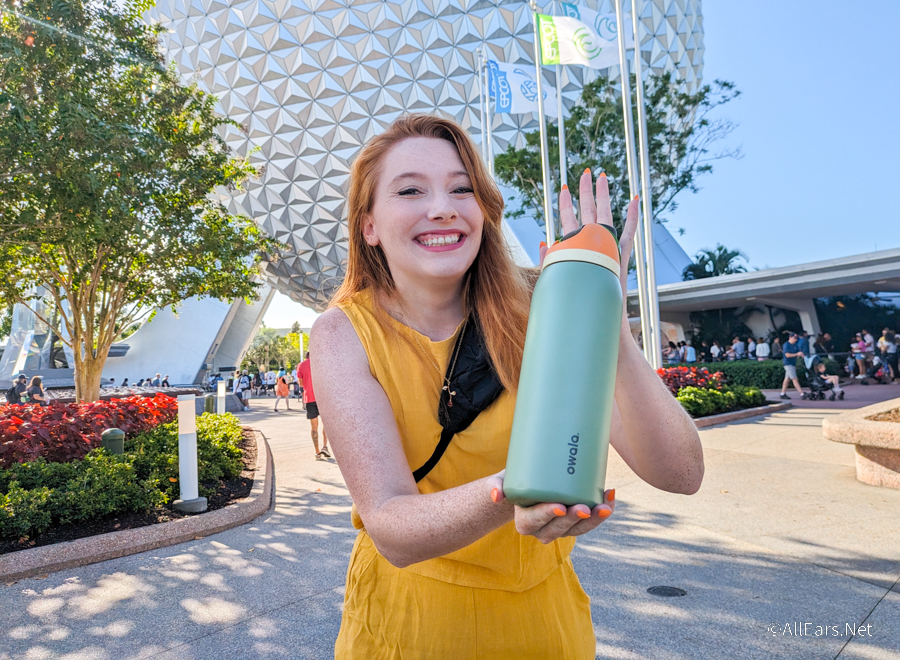







Trending Now
Amazon has Loungeflys on sale as part of Prime Day!
EPCOT's latest ride reopening could prove chaotic for land hopping.
We're sharing our absolute favorite Disney finds that are on sale right now!
5 shirts every grandma will need on her next Disney trip!
Disney has confirmed a lot of things for this year's Jollywood Nights.
For a limited time, you can find some AMAZING Amazon Prime Day deals online.If you...
You don't have to stay at a Disney World hotel to take advantage of this...
Get over to BoxLunch NOW!
Don't let the good deals slip away! We rounded up some of the BEST Prime...
Why isn't Disney getting more specific about a soon-to-be-changed ride?
TWO rides in Disney World were BOTH closed for a total of 10 hours yesterday...
Disney's Boardwalk Villas got a scathing review recently that could indicate some issues with a...
Disney has just announced that Disneyland's new "Walt Disney -- A Magical Life" show will...
We found the best Disney essentials you can get on sale on Amazon right now!
All of these essentials are available for under $10... while they last!
The resort's refurbishment lineup continues to grow.
Mickey's Very Merry Christmas Party is back! Let's check out everything confirmed to be returning...
"it's a small world" is changing in Magic Kingdom AND Disneyland!
We just found a secret stash of Disney toys on sale for Amazon Prime Day!...
Let's have a chat about an Oura Ring that Disney Adults just can’t seem to...